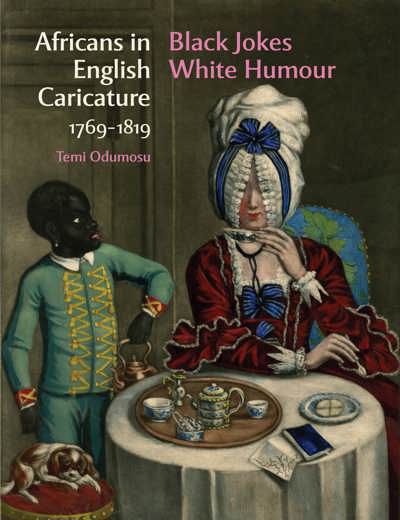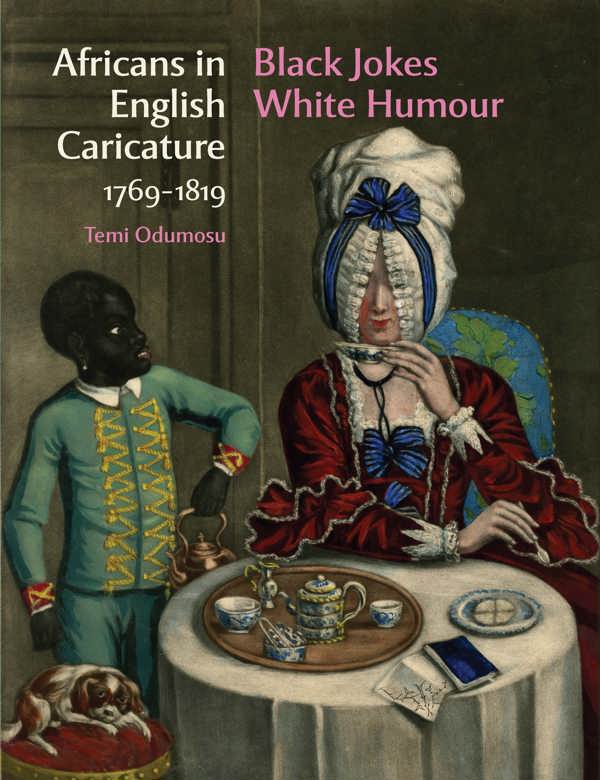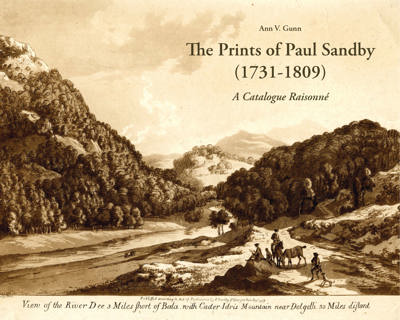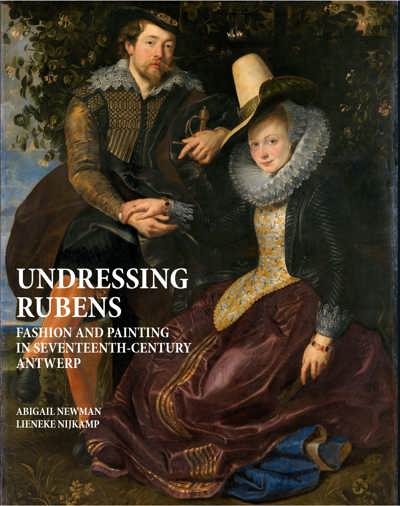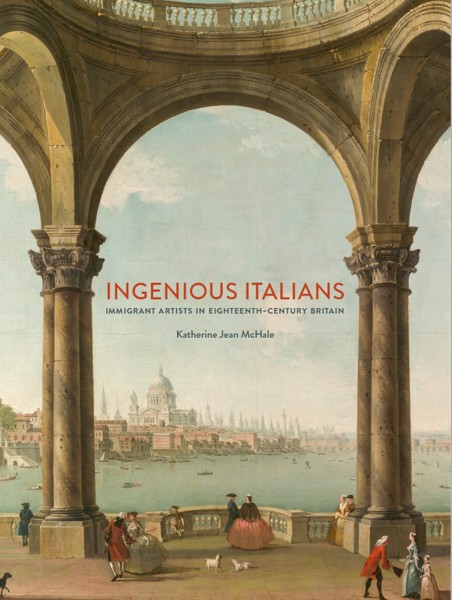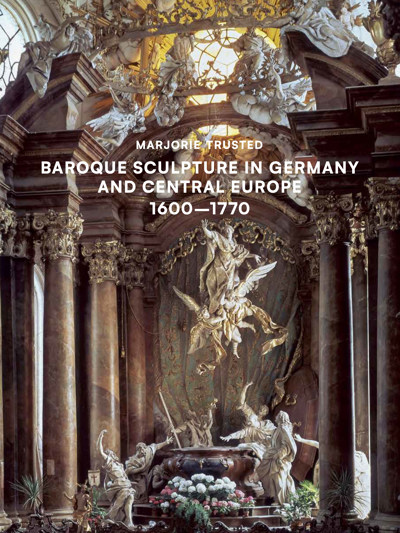
- Pages: 223 p.
- Size:220 x 280 mm
- Illustrations:49 b/w, 88 col.
- Language(s):English
- Publication Year:2017
- € 110,00 EXCL. VAT RETAIL PRICE
- ISBN: 978-1-909400-50-4
- Hardback
- Available
Winner of the 2019 Book Award of the Historians of British Art (for a single-authored book with a subject between 1600-1800)
"Temi Odumosu’s Africans in English Caricature 1769–1819: Black Jokes White Humour is a carefully researched and brilliantly written analysis of racial caricature at a key moment in the history of the development of British (and European and American) representational ideas about race. She identifies key visual themes of excess and licentiousness in relation to the representation of Africans in British visual culture that are familiar to scholars, but interprets them through a complex genealogy of images and cultural referents culled from extensive archival work to produce a novel critical analysis. The result is a fresh interpretation of a series of historical images that continue to haunt us today."
(Jury Report, 2019 Book Award of the Historians of British Art)
“All of this, and much else besides relating to the fate and published image of Africans in cartoons, is the subject of this excellent, scholarly and beautifully illustrated book (…) The book is what it intends to be, a vast store of visual source material for historians of the ending of slavery, coinciding with the revolutions in France and Saint-Domingue, future Haiti; as such it supplies an extremely valuable contribution to scholarship on which the author must be congratulated.”
(Edward Freeman, in The Humorous Times: Newsletter of the International Society for Humor Studies, 2018, p. 4-5)
“Temi Odumosu has produced a powerful, incisive and vital contribution to a desperately under-populated field (...) Odumosu’s book will be invaluable to any serious scholar of popular attitudes towards race in eighteenth- and nineteenth-century Britain.”
(Ryan Hanley, in English Historical Review, 2018)
“The number and quality of the illustrations alone make this book a significant contribution to the field. Being able to view them directly alongside the text allows the reader to consider and absorb Odumosu’s argument without constantly flicking pages or searching for larger images online. More importantly, her perceptive, fresh and scholarly analysis greatly enhances our understanding of Georgian attitudes to race and gender, and of the experience of the many Africans living in Georgian Britain.”
(Miranda Kauffman, in Slavery & Abolition, 39/4, 2018, p. 769)
“It will have a place not just in an academic library but it is equally at home on any coffee table around which a passion for black history is shared and debated. I thoroughly enjoyed reading, studying and just looking at Temi’s Africans in English Caricature 1769-1819: Black Jokes White Humour and so, unreservedly recommended it.” (Michael Ohajuru, in Black Africans in Renaissance Europe blogspot, January 2019)
Dr. Temi Odumosu is an art historian, educator, and cultural strategist focussed on diversifying and transforming communications practices. Her international research and curatorial interventions have been concerned with identity politics, Black aesthetics, and the psychosocial consequences of distorted representations. Working in the spaces between archives, memory and the creative imagination, she also uses technology as a tool for activating and bringing to life history and culture in the present.
Between 1769 and 1819 London experienced an unprecedented growth in the proliferation of texts and images in the popular sphere, engaging learned citizens in discussion and commentary on the most pressing social and political issues of the day. From the repeal of the Stamp Act to the French revolution, the local Westminster election or the abolition of the slave trade, these prints, political pamphlets, plays, novels and periodicals collaborated (sometimes intentionally) in critique, praise and assessment of the country’s changing socio-economic climate. African people were a critical aspect of this world of images, and their presence conveyed much about the implications of travel, colonialism and slavery on the collective psyche. Whether encountered on the streets of the city, in opulent stately homes, or in tracts describing the horrors of the slave trade, the British paid attention to Africans (consciously or not), and developed a means of expressing the impact of these encounters through images. Scholarship has begun to interrogate the presence of Africans in British art of this period, but very little has been written about their place in visual and literary humour created in a metropolitan context. This book fills this scholarly lacuna, exploring how and why satirical artists both mocked and utilized these characters as subversive comic weaponry.
Introduction. Laughing Stock: The Image of the African in Eighteentth-Century Prints
Chapter One. The Overdressed Slave: Servants, Pets and ‘Mungo’ Macaronis
Chapter Two. ‘What a Nice Bit!’: The Comic ‘sable mistress’ and her Suitors
Chapter Three. James Gillray’s Wouski (1788): A New Case Study
Chapter Four. A Beggar’s Brawl: The New Union Club (1819) and Post-Abolition Politics in London
Epilogue. Escaping the 'keen shafts of ridicule'?
